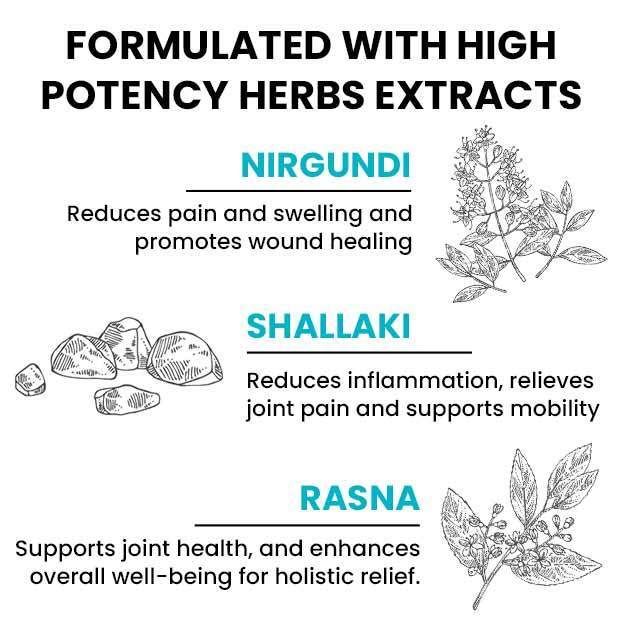Arthritis is an inflammatory condition characterized by pain and swelling in the joints, which can be mild to severe. It can affect individuals of any age, sex or race. The most common type of arthritis is osteoarthritis, a degenerative arthritis occurring due to the ageing of the bones and joints. Rheumatoid arthritis is an autoimmune disease occurring when the tissues of the body are attacked by its own immune system, leading to inflammation of the joints.
Ayurvedic treatments for arthritis include swedana (sudation or sweat therapy), raktamokshana (bloodletting), virechana (purgation), basti (enema), lepa (coating the affected body part with medications) and agni karma (thermal cauterisation). Herbs and medicines used for the appropriate management of arthritis include shallaki (Indian frankincense), bala (country mallow), pippali (long pepper), eranda taila (castor oil), nirgundi (five-leaved chaste tree), ashwagandha (Indian ginseng), guduchi (heart-leaved moonseed), trikatu (three acrids), simhanada guggulu, dashmoola kwatha, yogaraja guggulu and amrutadi kwatha.






















